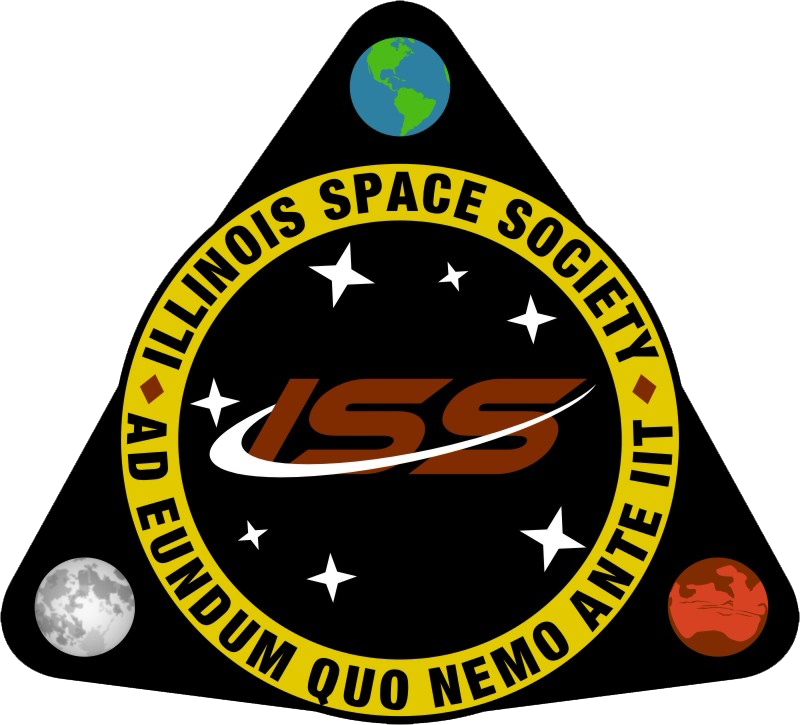
Guidance, Navigation, and Control
(GNC)
What does GNC do?
The GNC subteam is responsible for development and testing of the rocket’s state estimation and active drag system. Guidance refers to trajectory planning (ie. determining where a vehicle should go). Navigation refers to determination of the vehicle’s position and velocity as well as its attitude (ie. where the vehicle is, where it is going and which direction it is pointing). Control refers to manipulation of the vehicle’s physical systems to command the vehicle to a desired position and/or velocity.
The GNC team develops a 1-degree of freedom (altitude) and 6-degree of freedom simulation (position and attitude) in Python and C++ in order to model the vehicle and sensor behavior and study the vehicle’s response to control input. The GNC team is also responsible for designing the control system mechanism, which involves presenting potential design solutions to the Spaceshot team. Previous examples of this include the roll control mechanism implemented on TARS Mk.2 as well as the active airbrake implemented on TARS Mk.3. We also further verify that the software we write will run in a real time operating constraint (less than 6 milliseconds) by implementing the GNC software in SILSIM (C++) and conduct tests in conjunction with the software team. Finally, the GNC team has several hardware/software projects used for rocket state estimation, including our first relay drone and our automated rocket tracker, SAM Turret.
Team members will learn how to use Python and its various packages, C/C++. We will also teach members about and how to implement PID and LQR controllers and Kalman Filters. These also give members practical use of Linear Algebra and systems engineering. We also introduce members to research paper reading skills.
Interested in learning more? Check out our GitHub repo or Wiki!
Interested in joining?
The GNC team is committed to introducing underclassmen to controls systems by providing a crash course at the beginning of the fall semester every year with tutorials available throughout the year. We cover content from AE 353 (Aerospace Control Systems) in a way that helps develop intuition. For those who have already taken AE 353 or other control systems related courses, we also bridge the gap between control theory and practical implementation with hardware, giving members industry applicable experience early in their college careers. We welcome members of all skill and knowledge levels; all of us started out not knowing anything about GNC but kick started our learning and careers here!
While prior class knowledge is in no way required or necessary to get involved in our team, we’ve compiled a list of related classes that we would recommend taking if you’d like to delve deeper into understanding some of the concepts we use in the GNC team as well as if you’d like to take your GNC career further.
AE 140 (Computer Aided Design)
AE 353 (Aerospace Control Systems)
AE 482/ECE 470/ME 445 (Introduction to Robotics)
AE 483 (UAV Navigation and Control)
AE 311 (Incompressible Flow)
AE 312 (Compressible Flow)
ECE 486 (Control Systems)
ECE 490 (Intro to Optimization)
MATH 257/415 (Linear Algebra)
CS 101 (Intro Computing)
GNC Lead
-

Divij Garg




